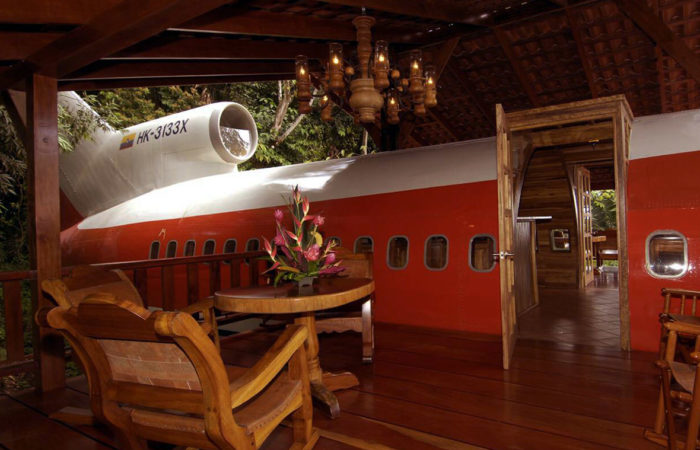A display at Armourers & Brasiers' Hall showcases Professor Mary Ryan's research, linking heritage conservation and nanoscience.
A new display at the historic Armourers Hall in the City of London is showcasing the research of Professor Mary Ryan CBE FREng, Vice-Provost at Imperial College London and holder of the Armourers & Brasiers Chair in Materials Science. The exhibition brings together themes of heritage conservation and nanotechnology to illustrate the wide-ranging applications of materials science across time and discipline.
On display until summer 2026, the installation features two significant objects: a 3D-printed model of a gold-coated nanoparticle used in cancer diagnostics and therapy, and a partially conserved aluminium fragment from a WWII Dornier 17 aircraft. Each object represents a distinct strand of Professor Ryan's research, spanning energy, healthcare, and cultural heritage.
A Partnership in Science
With a history dating back over seven centuries, the Armourers & Brasiers Company is one of the City of London's historic livery companies and a long-standing supporter of materials science in the UK. In 2022, to mark its 700th anniversary, the Company established the Armourers & Brasiers Chair in Materials Science at Imperial College London. Professor Ryan was appointed as the inaugural Chair in recognition of her pioneering work on material surfaces and her leadership in interdisciplinary and translational research.
Professor Ryan's early research focused on a question in corrosion science that had remained unresolved since the 19th century: the anomalous resistance of iron to corrosion in concentrated nitric acid, known as the ?Faraday paradox. During her doctoral studies, she demonstrated that the phenomenon could be explained by the formation of an ultra-thin, nanocrystalline oxide layer - only a few nanometres thick- on the iron surface. This discovery provided new insight into surface passivation and established a foundation for decades of further research into interfacial phenomena.
Since then, Professor Ryan's research programme has explored how surfaces and interfaces govern material performance in reactive environments, including marine and biological systems. Her group has developed nanostructured materials for batteries, fuel cells, and biosensing, as well as conservation treatments for historic artefacts in collaboration with cultural heritage institutions.
Interdisciplinary Science on Display
The exhibition was conceived as a visual and conceptual representation of Professor Ryan's research across time. Curated by Lara Breckon (Office of the Vice-Provost at Imperial) working closely with Professor Ryan, the display is framed around the theme of "past, present and future"
The first object is a 3D-printed model of a nanostructured "nanostar", a gold-coated nanoparticle designed for biomedical sensing and targeted drug delivery. Based on a scientific figure co-authored by Professor Ryan, the initial digital model was created by Samuel Turner, and then further developed and brought to life by Jake Durrant at Imperial's Advanced Hackspace. It translates the nanostar's layered structure, core, shell, and gold coating, into a rare tangible representation of nanoscale geometry.
Its counterpart is a fragment from a WWII Dornier 17 aircraft, recovered from the seabed in 2013. Professor Ryan, working with Dr Amy Cruickshank, co-developed the chemical protocol used to stabilise the aircraft's corroded aluminium. This protocol was later used to treat the entire plane. For the exhibition, Dr Aigerim Omirkhan, a researcher in Ryan's group, re-applied this protocol to one half of a stored sample offering a compelling side-by-side comparison of treated and untreated metal. A period photograph of the aircraft's recovery, shared by the Royal Air Force Museum, provides further historical context.
QR codes embedded in the display (a first for exhibitions at the Hall) offer visitors access to Professor Ryan's inaugural lecture and the nanostar publication, inviting deeper engagement with the science.
Looking Ahead
Professor Ryan reflected on the significance of presenting these distinct areas of research together:
"Bringing these two strands of my research together in one display has been a unique opportunity. It reflects the breadth of what materials science can offer, from preserving the past to shaping the technologies of tomorrow."
The display will remain in place until summer 2026. While the Armourers Hall is not generally open to the public, the exhibition will be featured at selected Company events. Digital materials accessed via QR code will continue to provide wider engagement with the research.
Mr Mike Goulette, Chairman of the Armourers & Brasiers Materials Science Committee said:
"We are delighted with the exhibit created by Professor Ryan and her colleagues. Much of our work in support of Materials Science is designed to encourage clear and accurate communication of complex science to a wide range of audiences in a way that shows its impact for society. In 200 words, 2 objects and 2 QR codes this display conveys compellingly the breadth of Materials Science as a discipline and the significant benefits it delivers"
Display at Armourers? Hall featuring Professor Mary Ryan?s research, from corrosion science to nanomaterials innovation.
Untreated section of Dornier 17 aluminium showing severe corrosion from decades on the seabed.
Professor Ryan examines Dornier 17 fragments from the Goodwin Sands recovery to develop corrosion prevention methods.
Close-up of corrosion analysis on a Dornier 17 aircraft fragment from the conservation project led by Professor Mary Ryan.
Dornier 17 aluminium fragment undergoing chemical stabilisation in a citric acid solution
Dr Aigerim Omirkhan examines a corroded WWII Dornier 17 aluminium fragment recovered from the Goodwin Sands
Dr Amy Cruickshank's 2011 lab book showing before-and-after results of citric acid stabilisation trials on Dornier 17 aluminium
3D render by Jake Durrant, based on an original model by Samuel Turner, showing the internal structure of a gold-coated nanostar for biomedical sensing
3D render by Jake Durrant, based on an original model by Samuel Turner, showing the internal structure of a gold-coated nanostar for biomedical sensing
Final 3D-printed model of a nanostructured 'nanostar', showing its magnetic core, dielectric shell, and gold-coated plasmonic surface.






